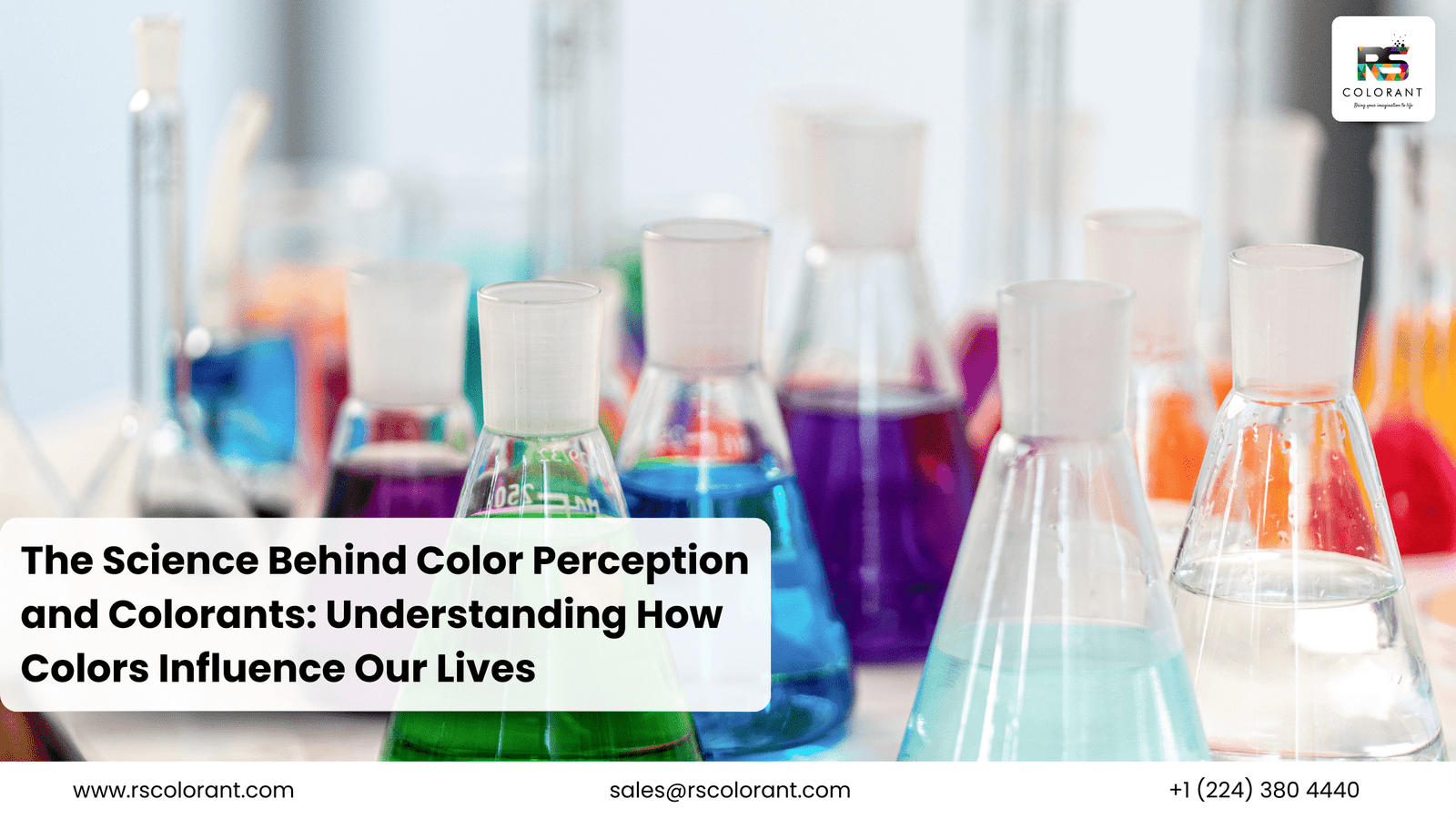Introduction
Color plays a vital role in our daily lives, influencing our emotions, decisions, and even our perceptions of taste and smell. Understanding the science behind color perception and the use of colorants in various industries can provide valuable insights into how colors affect us and how they are used to enhance products.
How We Perceive Color
The Human Eye and Brain
Color perception begins with the human eye. Light enters the eye and is focused onto the retina, which contains photoreceptor cells known as rods and cones. Rods are responsible for vision in low light conditions, while cones detect color and are active in brighter light. There are three types of cones, each sensitive to different wavelengths of light: red, green, and blue. The brain processes the signals from these cones, combining them to produce the full spectrum of visible colors.
Color Vision Deficiency
Some people experience color vision deficiency, commonly known as color blindness. This occurs when one or more types of cones are absent or do not function properly. The most common form is red-green color blindness, where individuals have difficulty distinguishing between red and green hues.
The Role of Colorants
Natural vs. Synthetic Colorants
Colorants are substances used to impart color to materials, including food, textiles, cosmetics, and more. They can be classified into two main categories: natural and synthetic.
Natural Colorants: These are derived from plant, animal, or mineral sources. Examples include beet juice (red), turmeric (yellow), and spirulina (blue). Natural colorants are often preferred for their perceived health benefits and sustainability.
Synthetic Colorants: These are chemically manufactured and can provide a wider range of vibrant and stable colors compared to natural colorants. Examples include FD&C Red No. 40 and Blue No. 1. However, there are concerns about potential health risks associated with some synthetic colorants.
Applications of Colorants
- Food Industry: Colorants enhance the visual appeal of food and beverages, making them more attractive to consumers. Natural colorants are increasingly popular due to growing health and wellness trends.
- Textile Industry: Colorants are used to dye fabrics, providing a wide range of colors and patterns. Synthetic dyes are commonly used due to their colorfastness and durability.
- Cosmetics Industry: Colorants are crucial in cosmetics, contributing to the appeal and effectiveness of products like lipsticks, eyeshadows, and nail polishes.
- Pharmaceutical Industry: Colorants help differentiate medications, improving patient compliance and reducing the risk of medication errors.
The Psychological Impact of Color
Color can evoke various psychological responses. For example, red can stimulate excitement and energy, while blue can promote calmness and relaxation. Marketers and designers leverage these psychological effects to influence consumer behavior and create desired atmospheres.
Advances in Colorant Technology
Nanotechnology
Nanotechnology is revolutionizing the development of colorants. Nanoparticles can be used to create more vibrant and durable colors, as well as to develop new applications such as smart textiles and advanced coatings.
Sustainable Practices
The demand for environmentally friendly products is driving innovation in sustainable colorant production. Researchers are exploring bio-based colorants and eco-friendly manufacturing processes to reduce the environmental impact of colorant production.
Conclusion
The science behind color perception and the use of colorants is complex and fascinating. Understanding how we perceive color and how colorants are used can help us appreciate the impact of color on our lives and the importance of ongoing research and innovation in this field. Whether it’s making food more appealing, textiles more vibrant, or products more effective, color and colorants play an essential role in our world.




